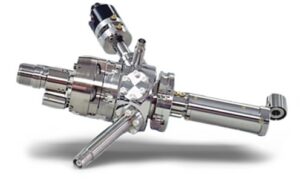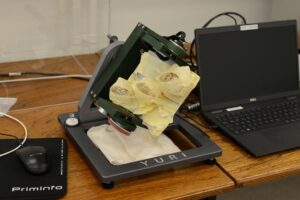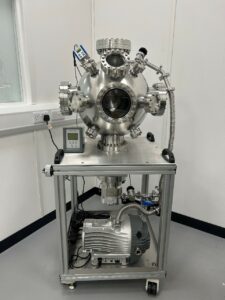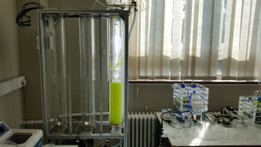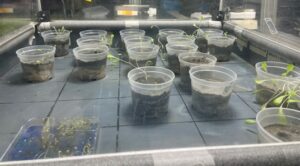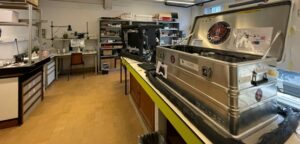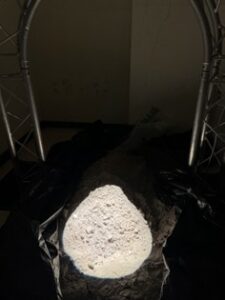
In the last ten years, space organisations globally, along with new market players, have made it easier to access space for scientific and technological research. This movement towards making space more accessible has attracted a broader spectrum of scientists who were previously unaware of the possibilities for conducting experiments in space. This growing group includes experts from various fields such as biology, physiology, pharmaceutical chemistry, fluid physics, soft matter, and thermodynamics, although this list is far from complete.
However, many researchers from this broadened community may not completely grasp the intricate requirements for setting up and carrying out space experiments. CRESTLAB has been established to provide an extensive research platform to assist both academic and industrial sectors in designing, preparing, and performing benchmark experiments on Earth, which can then be modified for different space environments—whether it be in microgravity, lunar or Martian gravity, or hyper gravity.
CRESTLAB is structured around four specialized laboratories—Life Sciences, Material Sciences, Physical Sciences, and Data Science—along with two technical workshops. These facilities boast advanced instruments and support services that cover all phases of space experiment planning, from the initial engineering design and breadboard construction to early testing and data analysis.
Along with the technical support offered by our experts at CREST, here is a list of some major equipment available at CRESTLAB to help design space experiments:
Equipment
Brand: KIMBALL PHYSICS
Description: Small Spot Collimated Beam, Alignment During Operation, Higher Current Option- up to 1 mA (100 eV to 10 keV)
Applications:
General Vacuum Physics Experiments
Space Physics Experiments
Specimen Heating
Electron Diffraction
Phosphor Studies
MBE RHEED Studies
Mounted Pneumatic Faraday Cup
Energy Range: 100 eV to 10 keV
Beam current / Spot size:
Standard: 10 nA to 100 µA / Standard: 0.5 mm to 25 mm
Small Spot option: 1 nA to 10 µA / 60 µm to 10 mm
High Current option: 1 µA to 1 mA / High Current option: 1.5 mm to 25 mm
Mounting: 2.75″ CF
The Kimball Physics EGG-3101 Electron Gun, with its matching EGPS-3101 Power Supply, is a multi-purpose modular Electron Gun with applications many areas. The EGG-3101 / EGPS-3101 is a complete subsystem ready to attach to a user’s vacuum system and turn on.
With a small spot option using a lanthanum hexaboride cathode, the gun can deliver spots down to 60 μm. With a high current option, beam currents up to 1 mA can be obtained.
The gun has the capability of producing a collimated small spot or a flood electron beam. Beam current, beam energy, and spot size are all independently adjustable over wide ranges. The energy can be varied from 100 eV to 10 keV. The beam current and spot size range depend on the system option as shown in the specifications table. Pulsing, beam blanking and rastering are also available as options.
The gun features an adjustable cathode feedthrough assembly that allows the mechanical alignment of the firing unit with respect to the anode and the column, in real time while the gun is operating at full voltage with beam on. The modular design of the EGG-3101 allows either the firing unit assembly or the lens assembly to be replaced by the user. The firing unit (including the cathode, cathode-mount, and Wehnelt aperture) is user-replaceable without removing the gun from the vacuum chamber. The anode is also easily replaceable. In addition, the cathode to anode spacing is internally adjustable to change the space charge effect or perveance of the electron beam.
Description: This in-house-developed platform is composed of a controlled illumination and temperature to monitor plant development, from germination of seeds to full growth. Some area are fully isolated and remotely controlled with multiple sensors (light irradiation, CO2 level, % humidity, Temperature…) and equipped with remote watering.
